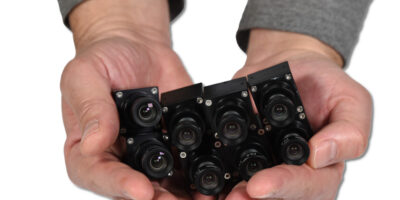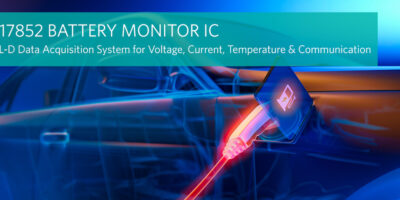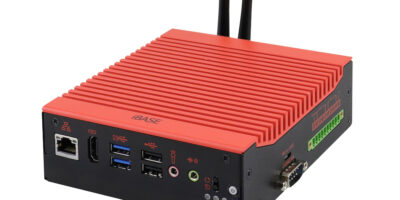Intended for prototyping and small series production of video and computer vision ADAS or autonomous driving systems, the logiCAM-FPD3-AR023 video camera is equipped with the HDR ISP video pipeline. It is also compatible with the latest automotive high-speed serial interfaces, says Xylon.
Xylon, is a Croatian company providing intellectual property (IP) cores, services and solutions based on programmable FPGA, SoC and ACAP devices. It also manufacturers flexible automotive HIL data logging. The logiCAM-FPD3-AR023 video camera has support for TI’s FPD-Link III serial interface.
The video camera features a 2.3Mpixel AR0231 RCCB video sensor from ON Semiconductor, a Xilinx Artix FPGA with an integrated Xylon logicBricks HDR ISP video pipeline, and TI’s FPD-Link III compatible serial interface. All this is integrated into a small, cubic inch big housing.
The camera outputs a quality colour image, and can be used for prototyping, as a reference camera for other camera systems in development, and as a sensor in different production systems.
Davor Kovacec, founder and CEO of Xylon, explained that the video cameras can be purchased in quantities ranging from a single piece to several thousand pieces, suitable for e.g. special vehicles video and vision applications.
Xylon also offers an equivalent video camera with the next generation GMSL serialiser from Maxim Integrated.
Both cameras join Xylon’s embedded hardware, reference designs and IP for video and vision developments based on Xilinx’ programmable devices. The collection includes development platforms, such as the logiVID-ZU vision development kit, based on Xilinx’ Zynq UltraScale+ MPSoC device, or the logiVID-ACAP kit, based on Xilinx’ Versal ACAP device. All development platforms come with a standard set of four automotive video cameras, and enable an immediate development of multi-camera applications.
Xylon focuses on design of flexible automotive data logging, IP cores and design services based on programmable FPGA and SoC/MPSoC devices. The company was founded in 1995, and provides embedded graphics, video and vision products.
Xylon is a Premier Member of the Xilinx Alliance Program.







